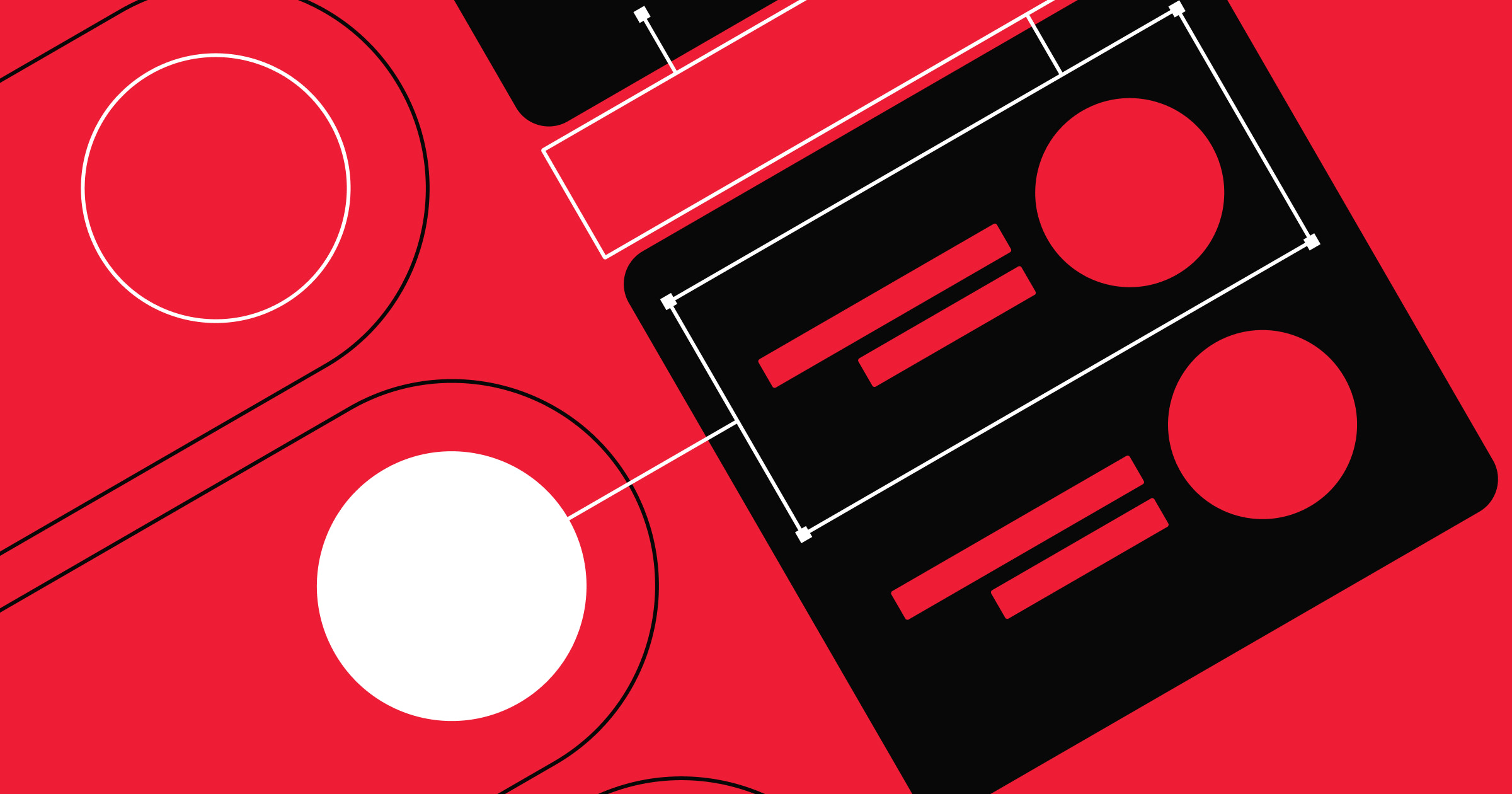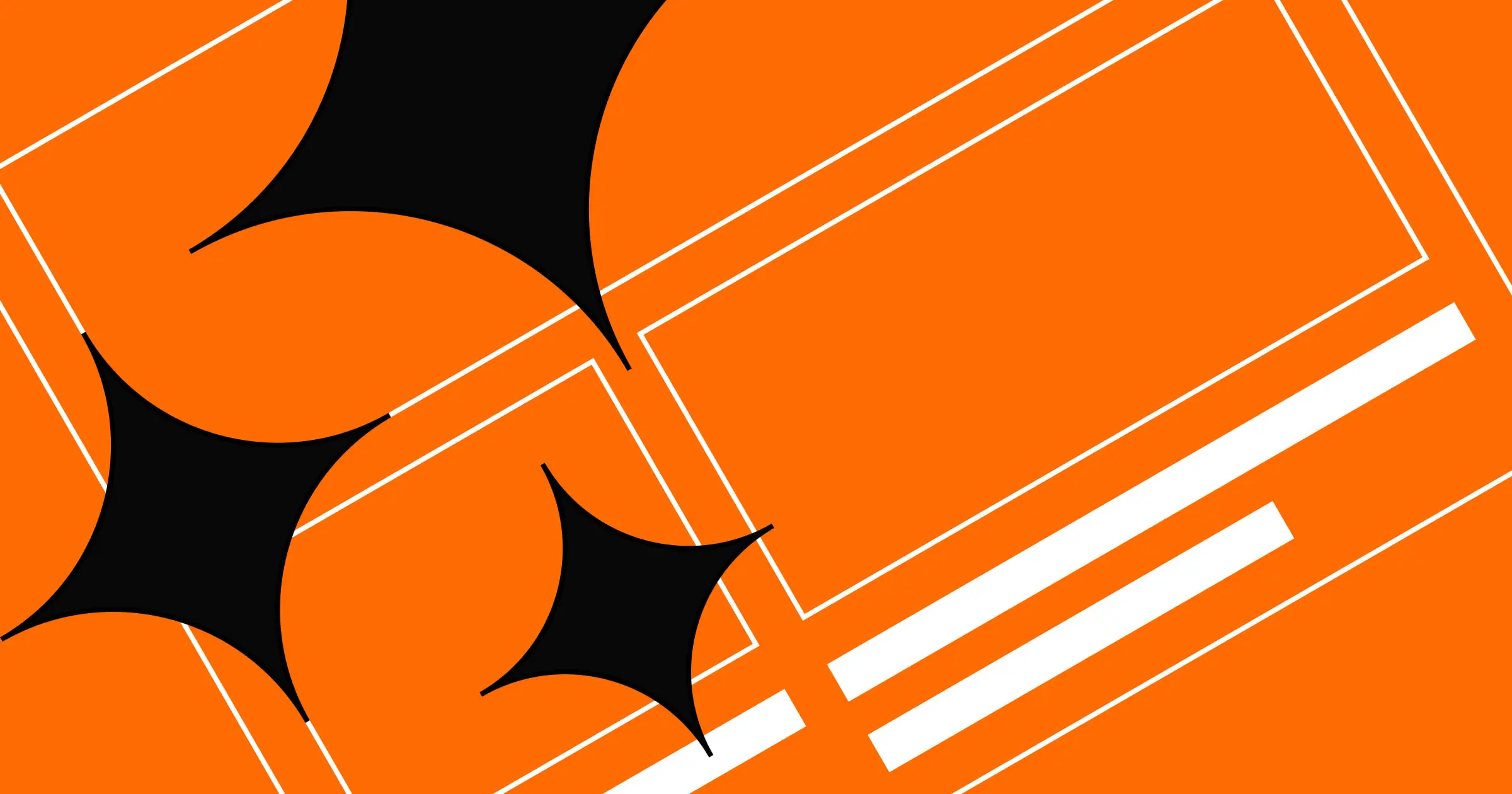Reduce clutter and improve usability with dropdown menus.
Dropdown menus are user interface (UI) elements that let users select from a list of options. These lists are great for streamlining layouts and navigation.
To create appealing dropdowns, you’ll need to understand their use cases, benefits, and how to design and create them. With these fundamentals in mind, you’ll be prepared to implement these interactions in your website design.
Understanding dropdown menu design
Dropdown menus organize information in a hierarchy, which makes website interactions more intuitive. Here are the most common use cases for dropdown boxes.
Forms on websites
When creating an account, subscribing to a service, or making a purchase, users will likely have several form fields to fill out. Some fields, like “How did you hear about us?” work well as dropdown menus because they contain all the possible answers inside one expandable list.
Having users choose from consistent options streamlines data collection and analysis. In this particular example, you could check the top form response to learn whether Facebook, Google ads, or physical flyers were the best advertising methods for you.
Navigation menus
Dropdown menus are an excellent way to simplify website navigation, especially on complex websites.
For example, if you’re building an educational website that offers a wide range of courses, you can use expandable lists to organize navigation options under primary categories. This structure allows your visitors to open the relevant category and find what they need without reading all the unrelated options.
Sorting and filtering
When performing an advanced search, you can often choose from numerous sorting and filtering options to refine your results. Categories commonly include phrases like “<30 days old” and “A to Z.”
Narrowing down searches is especially helpful on platforms that contain a lot of information, such as ecommerce websites or legal databases. Adding filters helps users find more accurate information faster, which improves the overall user experience (UX).
3 benefits of having a dropdown menu
Here are three of the top reasons to include dropdown menus on your website.
1. Free up UI space
Space comes at a premium in your UI — every string, button, and graphic needs to take up enough room to be useful without dominating the page.
Using a dropdown menu for selectable options moves them off the page and into a dedicated space. This strategy reduces clutter, making the page easier to read because there aren’t multiple text strings competing for attention.
2. Streamline navigation
Dropdown menus make navigation intuitive by organizing pages into primary categories and presenting options clearly. Whether users click, hover, or use the Tab key to move through options, these lists offer a seamless way to navigate through options and select the appropriate values.
3. Design responsively
Conserving web page space is even more important on smaller screens, so dropdowns are a great addition to responsive sites. To improve touch navigation, designers can also make mobile-friendly adjustments, such as increasing button sizes. Responsive design allows more people to visit and use your site, improving accessibility, engagement, and UX.
How HTML and CSS work together when creating dropdown menus
To create dropdown menu codes, you can use HTML by itself or combine it with CSS. Using HTML alone can help you create a basic dropdown menu, while adding CSS allows you to create a unique look by customizing hover states, colors, and fonts.
There are two main ways to include CSS on the page where you need the menu. Either write it into a <style> tag in your <head> element, or create a separate CSS file to reference in the HTML file.
How to create dropdown menus visually in Webflow
To design dropdown menus without writing the HTML or CSS yourself, you’ll need a comprehensive web design platform like Webflow. After adding a dropdown menu to your site in Webflow Designer, you can customize its options, appearance, and behavior — Webflow will handle the underlying markup.
For a detailed walkthrough, check out the Webflow University tutorial on dropdown menus. Here’s a brief description of how it works:
- Add a dropdown element. Select “dropdown” from the list of elements.
- Customize the dropdown. Select the “Dropdown” component or its child elements and use the Style menu to customize their appearance.
- Add and style dropdown links. By default, each dropdown menu has three links. To see them, open the Dropdown Settings menu and select “Show.” Then, use the Style tab to customize them.
- Set dropdown interactions. Select the element you want to use as a trigger and use the Interactions menu to add an animation that opens the dropdown menu.
- Preview and test. Publish your changes to the staging site and check that the dropdown menu works as intended.
- Publish your site. Publish to production and test your dropdown menu again to ensure it works live.



















Ultimate web design
From 101 to advanced, learn how to build sites in Webflow with over 100 lessons — including the basics of HTML and CSS.
7 dropdown menu best practices
Dropdown menus are far from complex, but there are some basic principles for getting them right. Here are seven best practices to consider when adding dropdown menus to your designs.
1. Keep it simple
Keep text in your dropdown menu to just a few words. That goes for its label and each item in the menu. The fewer words you use, the faster a visitor can read your menu, leading to a more efficient user experience.
2. Organize logically
Organize your menu items by priority or relevance so the most common answers are at the top. For example, a “Select your country” dropdown might place “United States” at the top of the list if most customers are from there.
3. Make it accessible
Make sure the background and text color contrast enough to meet WCAG recommendations. Use a medium or large font and test with a screen reader to ensure it can detect and read all your text strings.
4. Optimize for mobile devices
Use a CSS Flexbox, grid, or breakpoint to create flexible dropdown menu designs that respond to different screen sizes. On smaller screens, let them take up a larger portion than you would on a desktop so the menu is easier to interact with on a touch-screen device.
Always add a tap/click trigger to your dropdown menus to make sure they’re interactable on mobile devices where “hover” states don’t work.
5. Provide visual cues
Use obvious icons like arrows that denote an interactable menu. When you set up your animation, design it to slide the dropdown menu down from the button. On the second click, use an animation that slides the menu back up under the button.
These small visual cues give website visitors clues about how to interact with other elements that might look similar, such as navigation menus and expandable sections.
6. Ensure fast loading and responsiveness
Keep your animations short, and enable them to interrupt each other so dropdown menus can be closed before they’re fully opened. This design lets website visitors immediately close a menu if they click it accidentally.
Don’t place too many dropdown menus on an already dense page. Every animation adds to the load time, so if you need to use more than a few, place them in their own dedicated page, like those for contact forms or settings menus.
7. Use hover and click appropriately
Hover triggers lead to a more seamless experience because they involve fewer clicks, but they're not always the best option. For a page with many dropdown menus, use clicks so users can be more precise about what they’re trying to interact with.
Elevate your website design with a dropdown experience
Dropdown menus incorporate interactivity, remove visual clutter, and improve navigation, making them an excellent way to boost the UX.
Try Webflow Designer to add dropdowns to your page and customize them to suit your style. Made in Webflow also offers several prebuilt dropdown menus, which you can clone and adjust to your liking.

Get started for free
Create custom, scalable websites — without writing code. Start building in Webflow.































